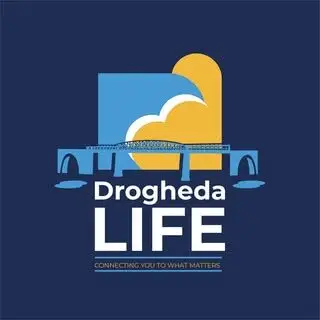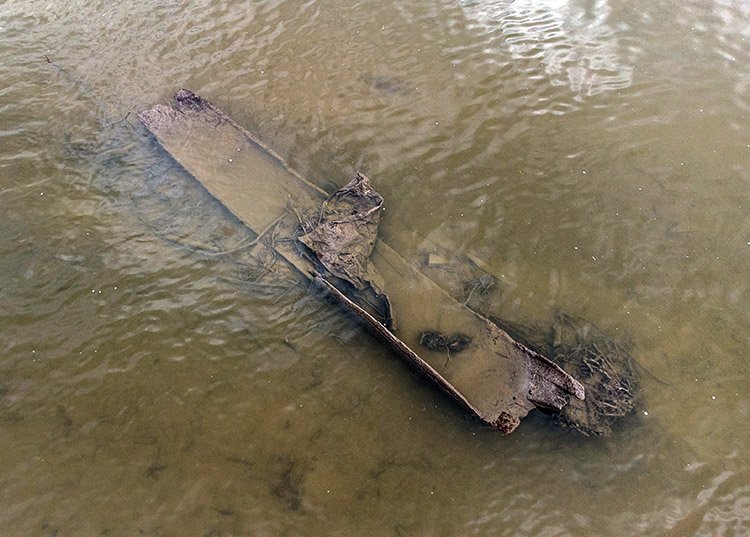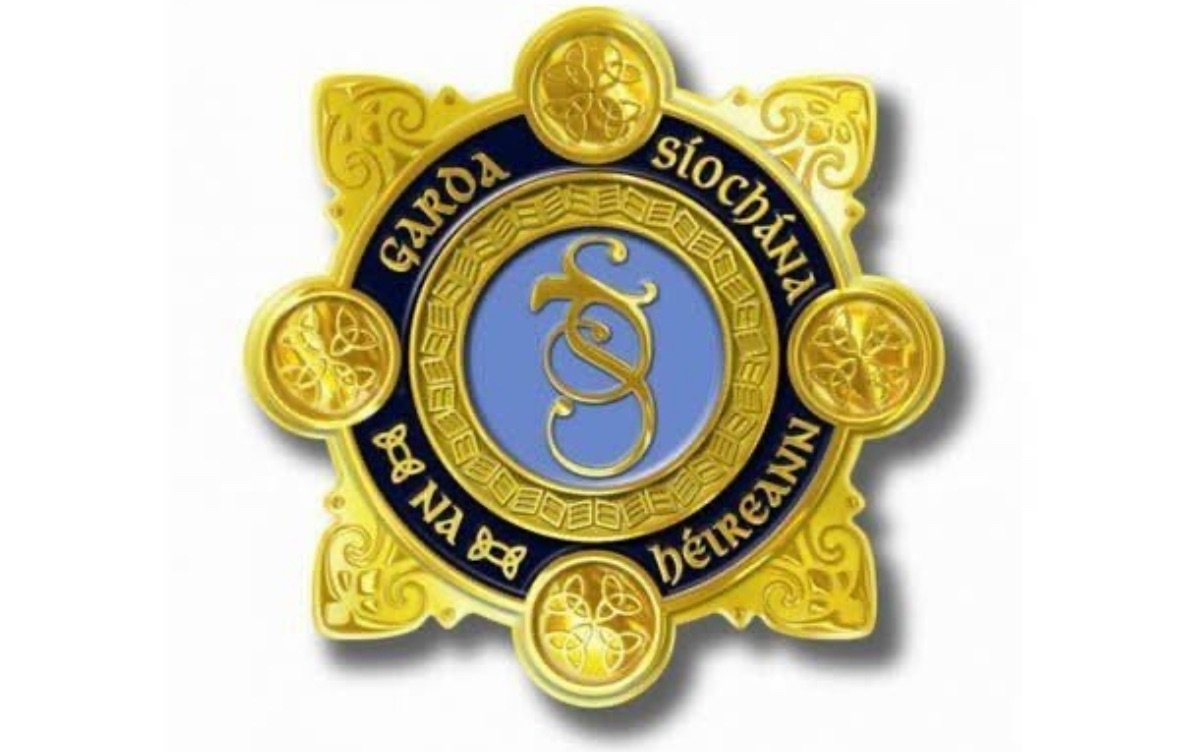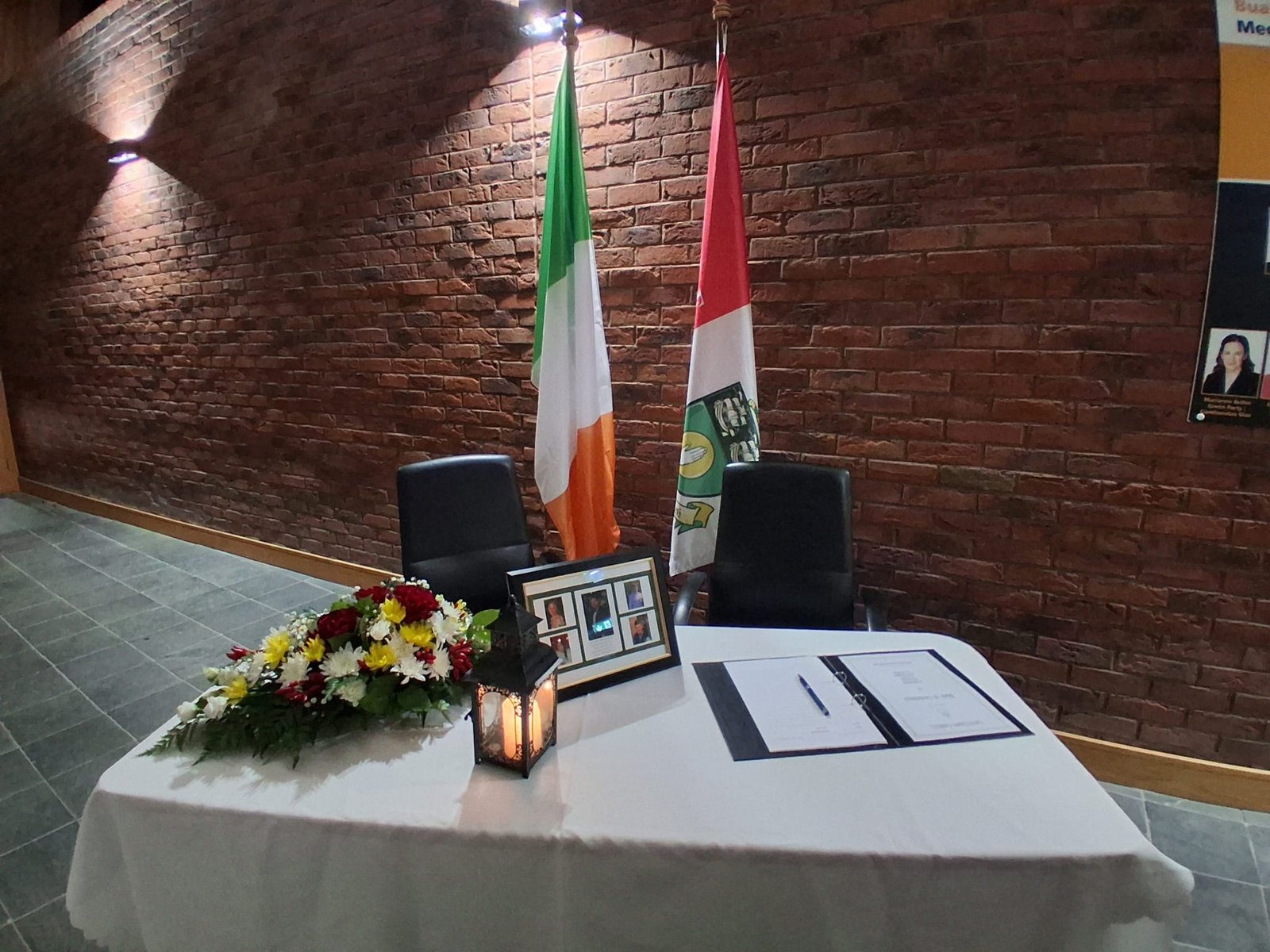Last week a dolphin was seen in the Boyne, this week a logboat is making headlines
A citizen archaeologist who discovered the world famous ‘Dronehenge’ near Newgrange, county Meath during the heatwave of 2018, appears to have found another potentially significant discovery in the Boyne Valley using a drone – a logboat that could date to Neolithic times.
Anthony Murphy said, “I went looking for a dolphin. I didn’t find him but I did find a logboat.”
Made by hollowing out a tree trunk, such logboats or dugout boats have, according to Dr Stephen Davis, UCD School of Archaeology, “an immensely long history of use in Ireland, with examples known from the Neolithic right the way up to Medieval times.”
“Closer investigation will be able to show more – for example tool marks would be able to tell whether it was made with metal or stone tools, and radiocarbon dating give an approximate age,” he added.
In the heatwave of 2018, a previously unknown henge was found near the Newgrange monument by Mr Murphy and Ken Williams.
It was also found using a drone prompting it to be called ‘Dronehenge’ and it’s discovery has continued to make international news.
Mr Murphy said today/yesterday (Wednesday) he wanted to test a new drone and decided to use it over the Boyne where in the last week there have been sightings of the dolphin – since identified as Shannon bottlenose dolphin #008 or ‘Kevin Costner.’
They did not find the dolphin but later, as Mr Murphy reviewed the images captured by the drone, he said, “I thought to myself it doesn’t look like driftwood; there is a huge amount of trees, boughs and driftwood that get washed down the Boyne.”

“This had a distinct look, it was very rectangular. It looked like it could be man made.”
Mr Murphy is not a trained archaeologist but has been studying and writing about the Boyne Valley for many years and blogging on his Mythical Ireland website.
He said, “you would not expect to find items in the bed of the river by drone, that is because normally you can’t see more than a few feet through the water.”
“The water at the moment at low tide is very low because we have had very little rainfall in this region in the past number of weeks. It makes that sort of thing more visible, as it were.”
Dr Davis said, “for thousands of years rivers were Ireland’s highways – they offered fast travel through a landscape with few roads and significant woodland cover. So, it is no surprise that from time to time one of these boats sank.”
“The Boyne is clearly an important river and has held both religious and practical significance for a very long time – as the focal point of Brú na Bóinne researchers have agreed that the Boyne has needed more research over a number of years, and the Royal Irish Academy (via the National Monuments Service) funded myself, Dr Kieran Westley and Dr Annalisa Christie to undertake sonar survey there, identifying a number of potential archaeological features.”
He added that the Boyne, “is by no means the only river with this potential, the Shannon in particular has yielded similar boats, however, there has been relatively little systematic survey.”




